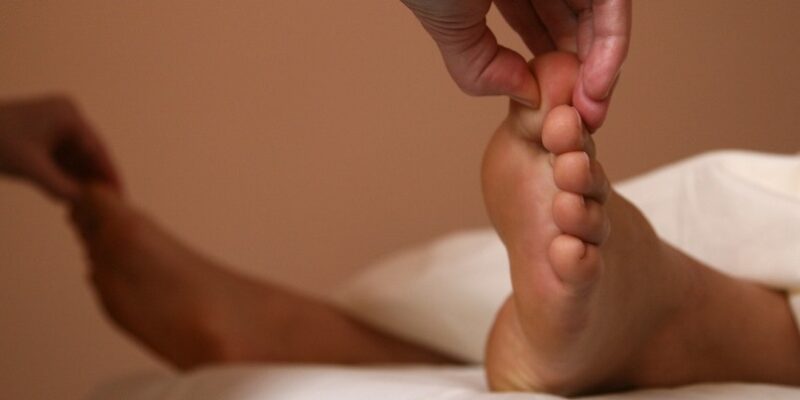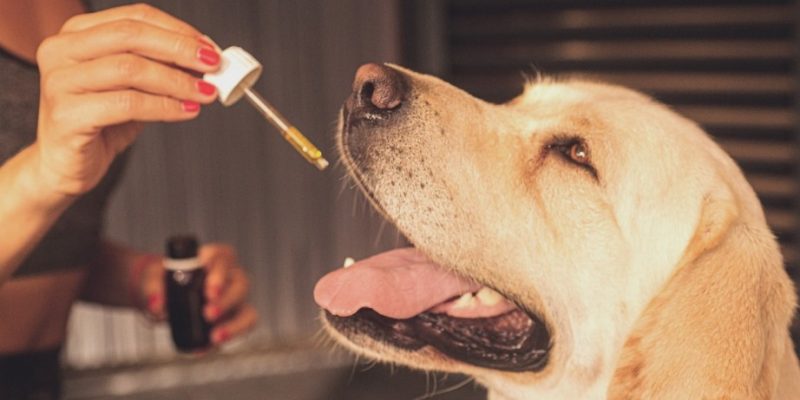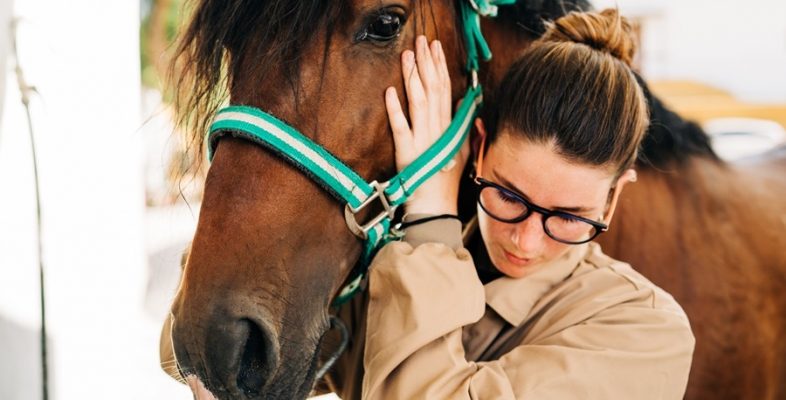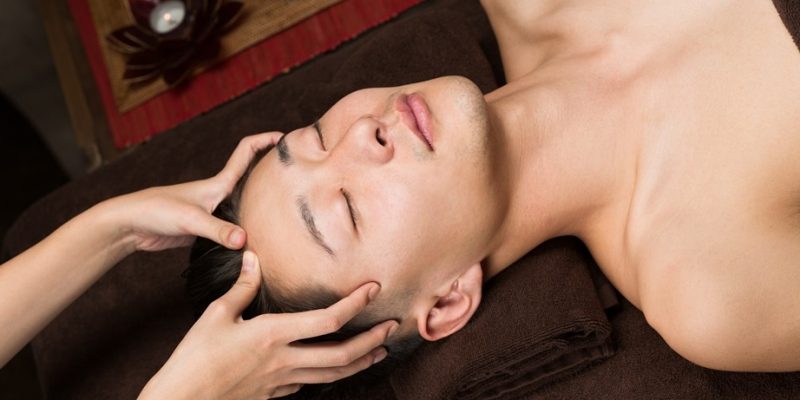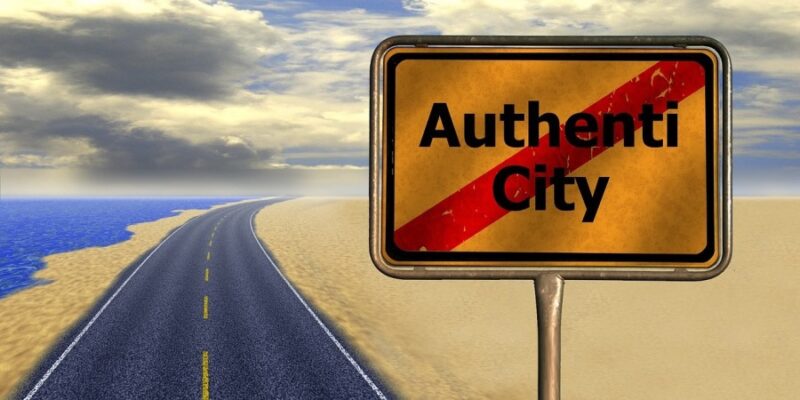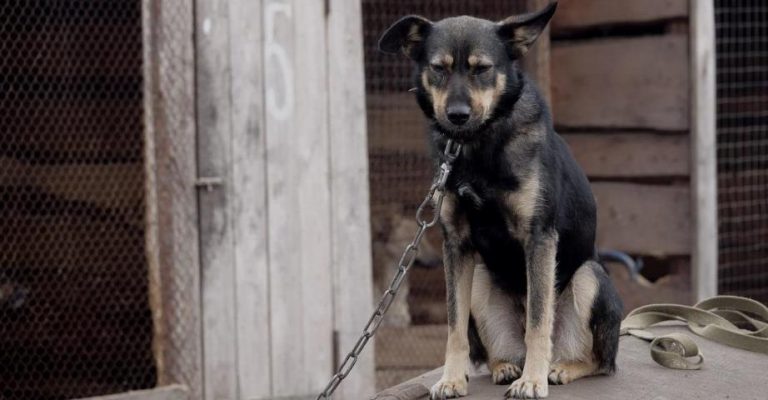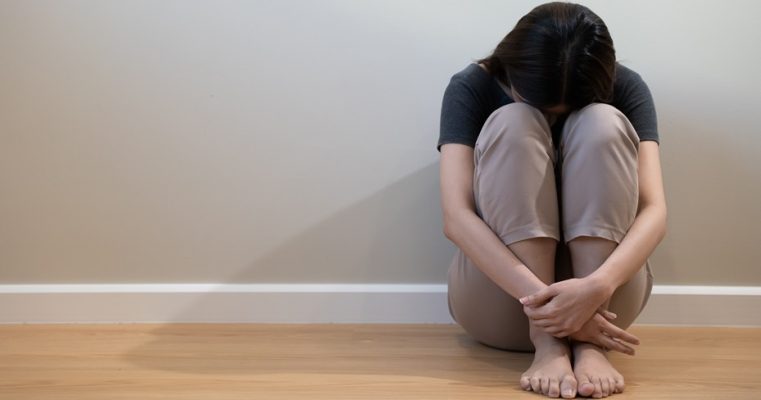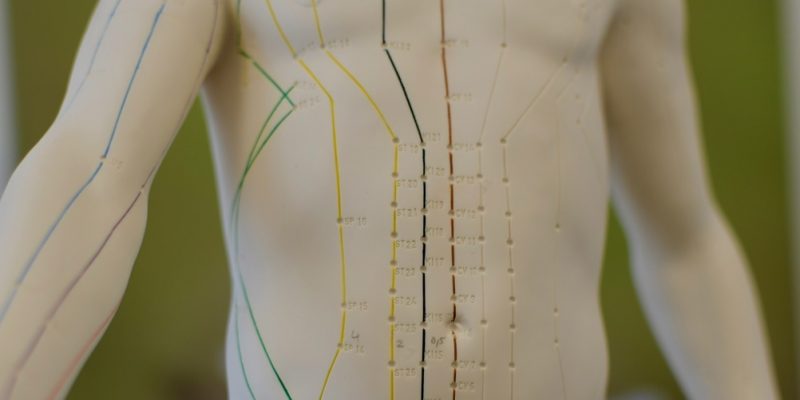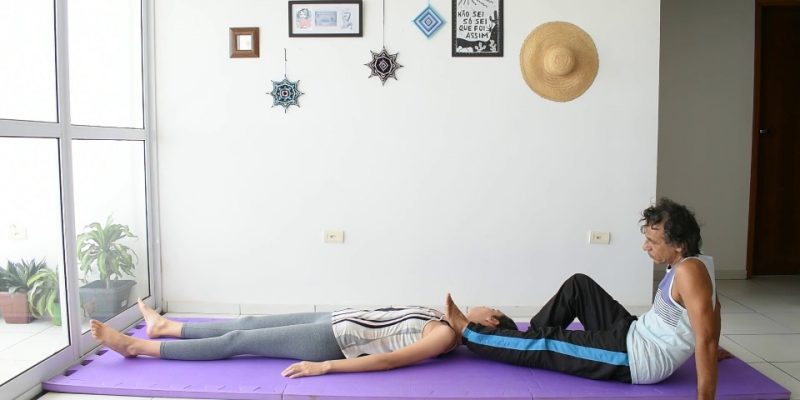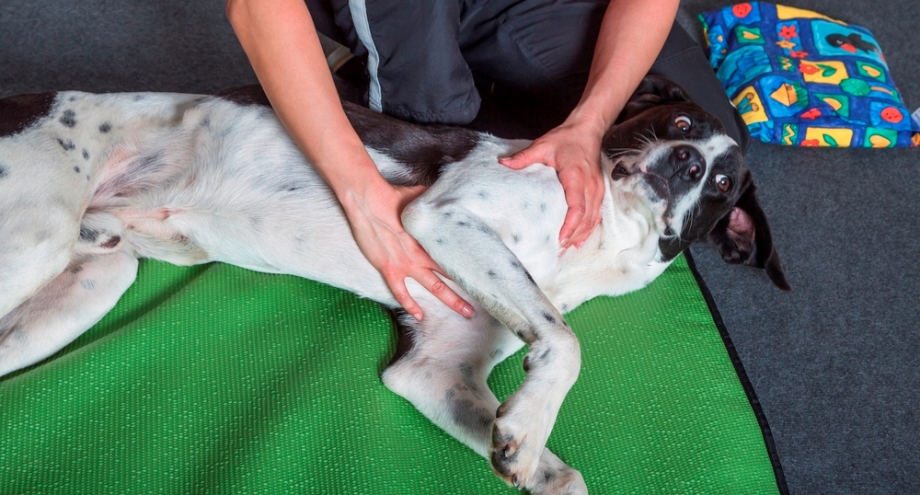
As a Thai Massage therapist I have been regularly asked if I would also massage the client’s dog or cat. In itself not such an awkward question because Animal Massage is a widespread practice around the world, notably for dogs (Canine Massage), cats (Feline Massage), and horses (Equine Massage).

Nevertheless, when you think about Animal Massage you won’t immediately associate it with Thai Massage (Nuad Thai). Most of the time, Animal Massage is a mixture of pressure and strokes derived from Swedish Massage, acupressure based on the TCM Meridians such as used in Shiatsu Massage and Tuina Massage, physiotherapy techniques, and trigger point i.e. myofascial release. You’ll also find some stretches for animals, but that’s very limited when you compare it to the vast array of stretches applied in Thai Massage.
At any rate, I did some playful massage for cats and dogs and it’s clear that they do like it. Yet, it’s not so easy. Not only is their anatomy slightly different compared to those of human beings (so you need to really find out where’s what and adapt your techniques), but you also need to approach them very gently to avoid a sudden bite or kick if you’d accidentally press on a painful spot. Well, you get the picture.
In addition, giving Animal Massage made me think about the Sip Sen Energy Lines (also called Sib Sen), the pranic Life Force Energy pathways (conceptually comparable with the TCM Meridians and Yoga Nadis) which are so important when giving Thai Massage therapy.
In Traditional Chinese Medicine (TCM), there’s quite some info about the mapping of meridians and acupressure points in animals, notably on domestic animals such as dogs, cats, and horses. Hence, you’ll find that Animal Massage therapists often base their acupressure (and acupuncture) work on those TCM charts. By contrast, I’ve looked around a bit but there are no Sib Sen Energy Line charts to be found for animals.

Nonetheless, if you look at the anatomy of dogs, cats, and horses you can clearly see the similarities with human beings. They generally share the same basic muscles, bones, and nerves but they come in different sizes, proportions, ratios, and are somewhat differently placed/located depending on the animal.
As such — if you set your mind to it — it’s not that difficult to approximate the trajectories of the Sen Lines through a dog’s or cat’s body and find the appropriate Thai acupressure points to apply Sen Line therapy. As said at the start of this article, Animal Massage is commonly based on strokes, pressure, acupressure, myofascial and trigger point release, and stretches, which are all techniques that are also used in Thai Massage.
Of course, you will certainly need to specialize in the realm of Animal Massage, that is, study the behavior, physiology, and specific anatomy of the animals you’d like to give Thai Massage to, while adapting the way you use Thai Massage techniques, and skip a whole range of techniques — such as the Cobra stretch 🙂 — which would actually only go well with humans.
Receive occasional news about our new eBook and Video Workshop publications.






